Sharon K. Jackson was looking out her eighth floor window at the Prairie Shores apartments in Bronzeville when she noticed something different about the former Michael Reese Hospital site next door.
“I couldn’t figure out what it was,” said Jackson. “All of the sudden it looked like a slum. Then I realized trees were gone. It was like, ‘What, they took the trees?’
“That was a rude awakening for me,” Jackson said. “I didn’t understand why they needed to take down trees. I’m just sickened by the whole thing.”
Jackson isn’t alone. Others, too, can’t comprehend why more than 100 trees–and that’s a conservative figure–were uprooted from the site, even before Chicago lost its bid for the 2016 Olympic games to Rio de Janeiro. That’s in addition to the removal of flower beds, shrubs, sculptures and plaques.
“They’re all gone,” said Grahm Balkany, director of Gropius in Chicago Coalition, an advocacy group working to preserve historical buildings and landscaping on the site. “We cannot identify a good reason why Chicago acted in this fashion. It was always our contention that the ruining of the campus’s landscapes would hurt the property’s value and would be considered by residents as a great detriment to the community.”
Originally designed to aid in the healing of Michael Reese patients, Balkany said the 37-acre site’s landscapes and parks were designed by renowned architect Walter Gropius and highly-noted landscape architects Lester Collins and Hideo Sasaki, who were associated with Harvard University.
“These parks were a beloved part of the Bronzeville community,” said Balkany.
Molly Sullivan, director of communications for the city’s Department of Community Development, said trees were removed to facilitate work being done, as the site had become “very overgrown.” The exact number of felled trees was “too detailed for me to know,” Sullivan said.
She said as part of the site’s redevelopment, the city expects to create a new community.
“Trees will be planted as part of the new work to be done there,” said Sullivan.
The Department of Streets and Sanitation’s Bureau of Forestry plants approximately 4,000 trees annually throughout the city, said spokesman Matt Smith. Included among trees’ many benefits are the reduction of smog and the heat island effect, noise abatement, increased psychological well-being and increased property values.
In the case of the Michael Reese property, Smith said the Bureau of Forestry surveyed surrounding parkway trees and found approximately 23 trees in poor condition needing removal regardless of any site plans. Unlike trees on a parkway, the bureau does not restrict the removal of trees that are out of the public way and on a development site. But given the large amount of trees on that site, foresters helped identify trees on that property that those handling any development might consider saving, Smith said.
Smith said shortly after the mayor entered office in 1989, he introduced limits to the numbers of trees aldermen could request to have removed.
“There is a very tough landscape ordinance in place to protect our urban forest,” said Smith.
Preservation Chicago executive director Jonathan Fine is suspicious trees were cut in the midst of a battle with preservationists over the Michael Reese campus. Fine said the landscape tear-up was “a total F-you” to preservationists.
“If this is Chicago trying to be a first-class city and this is how they express themselves, they’ll never be anything but a second city,” said Fine. “Trees grow back. Reputations don’t.”
Yet Ald. Toni Preckwinkle (4th) said the ward is not hurting for green space. She said because the community runs along the lakefront, there’s plenty of green and a variety of park developments.
“We’re in great shape,” said Preckwinkle.
Balkany said destroying all of the vegetation, particularly when it could have been incorporated into a “truly sensitive, visionary program” for the Reese campus, was an act of “extreme negligence.”
“It flies in the face of Chicago’s claim that it is turning a ‘new leaf’ as a green city,” he said.












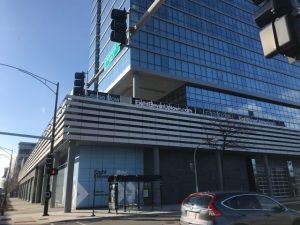
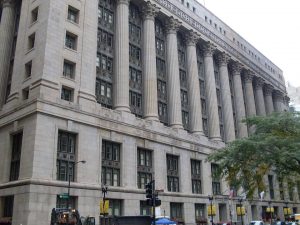
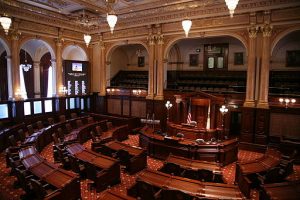




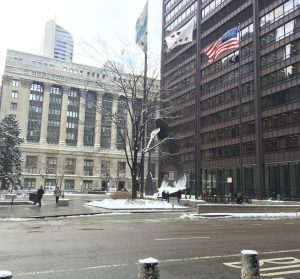
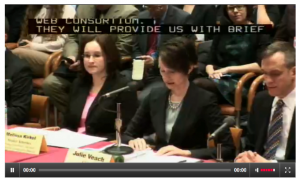
Be First to Comment